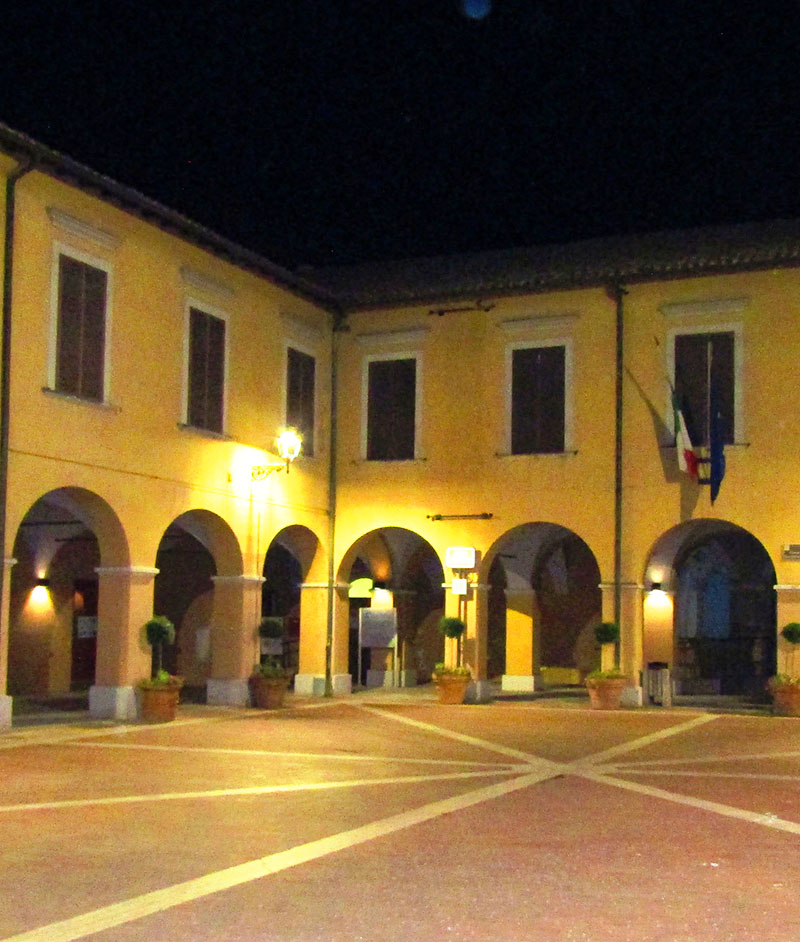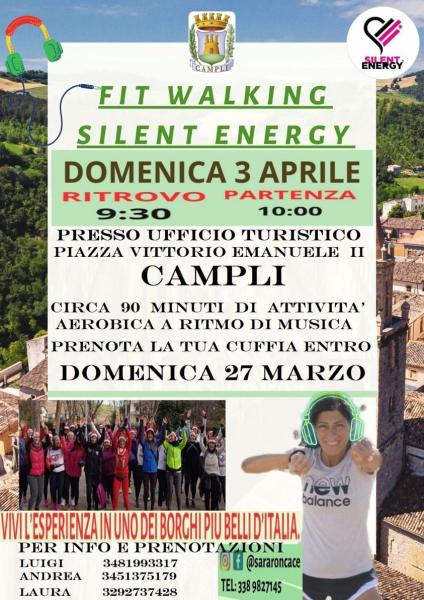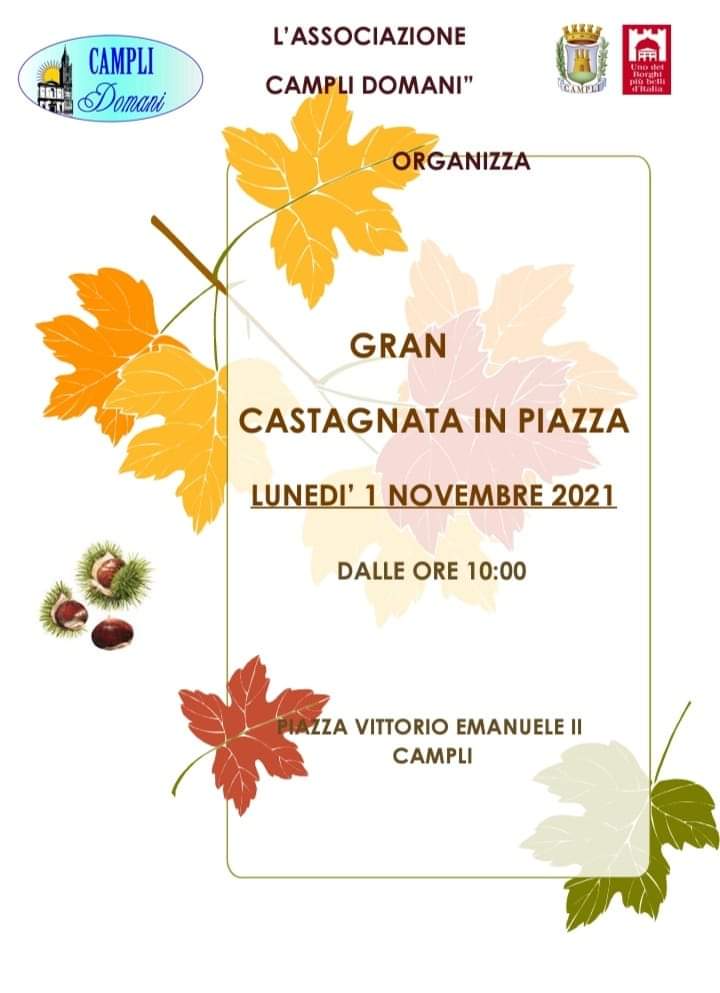Archaeological Museum of Campli
With the specific purpose of welcoming and enhancing the extraordinary archaeological finds of the site of Campovalano, destined to redefine the fundamental contribution of the Italic settlements during Prehistory, in 1989 the National Archaeological Museum of Campli was opened to the public.
The headquarters are splendid and prestigious, in the heart of the historic center. The entrance is through a portico where it is still possible to admire the precious mullioned windows and the Gothic portal that once introduced the Chapter Hall of the Monastery of San Francesco a Campli, founded in the fourteenth century.
The museum was set up on the first floor in a wing of the former monastery.
With the help of graphic and environmental reconstructions, the exhibition itinerary illustrates the cultural evolution of a Pretuzian ethnic group in the Middle-Adriatic or Piceno area, through different sections located in a dozen rooms. These are preceded by a space specially dedicated to paleoarchaeology, which exhibits the skulls and bones that have been the subject of investigation to determine the evolution of the species since very remote times. In fact, the human remains analyzed offer precious information on sex, diseases, traumas, malformations and the age of death, allowing us to learn dental anthropology from the skeletons.
Here a culture is told that developed within a nomadic and constantly moving people. Campovalano is the only site in Abruzzo to have returned precise evidence of the use of the cart, almost entirely made of wood and similar in shape to the later chariots used by the Romans. The first section "Campovalano before the Italics" illustrates daily life during the Bronze Age. Surprising is the reconstruction of the tomb of a child (9th century BC), found in the Coccioli area. The following rooms offer finds of exceptional quality, demonstrating how starting from the eighth century BC. C. the inhabitants of this area have experienced a very happy and prosperous season. The signs of wealth are particularly evident in the grave goods of the sons of the aristocracy and in the exceptional tomb of a King, here rebuilt with all his remains. You can admire notable examples of ceramic pottery, with a mixture similar to bucchero, with very imaginative shapes, decorated with engraved friezes and sometimes embellished with all-round elements.
You can grasp the social differences and understand what were the activities related to subsistence. These ancestors of ours used bronze and iron tools for agricultural and domestic uses, such as kettles and strainers used during the processing of milk and the production of ricotta and cheeses. Together with the weapons, of various forms for defense and attack, they attest to early and very valid experiences in metalworking, recounting the evolution of the way of fighting over the course of several centuries.
The female universe is also illustrated in many aspects. A wealthy teenager was buried with all her joys beside her: necklaces pendants and even small anthropomorphic glasses. There are also needles, spools, spindles; especially significant is the leather and bronze belt with which the waist was girded. And if the woman's trousseau was represented by a fibula, in the male one constant presence is the razor that was placed on her chest.
Finally, the endowment of a young aristocrat is exhibited in the space dedicated to "novelties"; among the refined jewels, a necklace of grains in gold foil from the Magna Graecia culture and silver bracelets from the Celtic tradition stand out.
National Archaeological Museum Piazza San Francesco, 1 - 64012 Campli
Open Thursday and Friday 08:30 - 19:30 the first and last Saturday of the month and the first and third Sunday of the month. (However, please check the times directly with the Museum)






